Search
Remove Ads
Advertisement
Summary 
Loading AI-generated summary based on World History Encyclopedia articles ...
Search Results
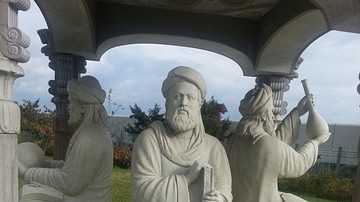
Article
Ibn Sina, Biruni, and the Lost Enlightenment
Ibn Sina and Biruni were two of the most outstanding thinkers to have lived between ancient Greece and the European Renaissance. These two giants of a lost era of enlightenment were born in Central Asia about the year 980. For six hundred...
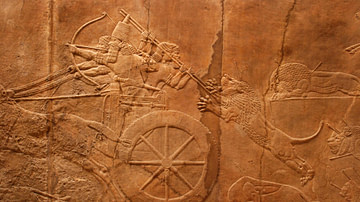
Definition
Chariot
The chariot was a light vehicle, usually on two wheels, drawn by one or more horses, often carrying two standing persons, a driver and a fighter using bow-and-arrow or javelins. The chariot was the supreme military weapon in Eurasia roughly...
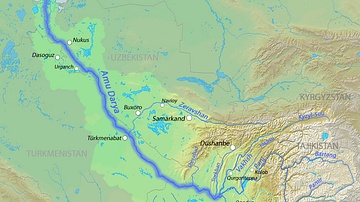
Definition
Oxus
The Oxus is a river, today called Amu Darya in its western part and Wakhsh in its eastern parts, which flows for a length of 2400 km across modern Tajikistan, Afghanistan, Turkmenistan and Uzbekistan into Lake Aral. In Ancient times it crossed...
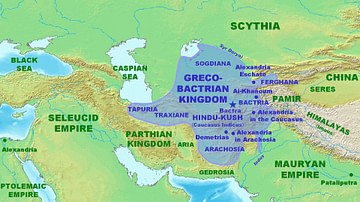
Definition
Bactria
Bactria was a province of the Persian empire located in modern Afghanistan, Uzbekistan, and Tajikistan. After the defeat of Darius III of Persia, Bactria continued to offer resistance against Alexander the Great, led by Bessus, who had...
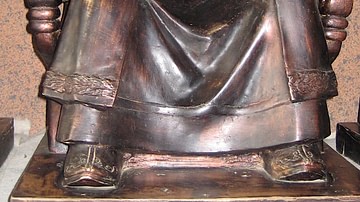
Definition
Chagatai Khanate
The Chagatai Khanate (also Chaghatai, Jagatai, Chaghatay or Ca'adai, c. 1227-1363 CE) was that part of the Mongol Empire (1206-1368 CE) which covered what is today mostly Uzbekistan, southern Kazakhstan, and western Tajikistan. The khanate...
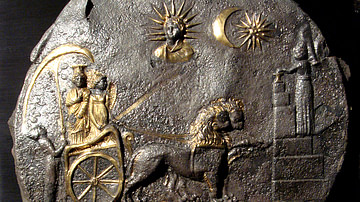
Definition
Ancient Afghanistan
The ancient history of Afghanistan, a landlocked country in Central Asia, is full of fascinating cultures, from early nomadic tribes to the realms of Achaemenid Persia, the Seleucids, the Mauryans, the Parthians, and Sasanians, as well as...

Image
Oxus River
Map of the Oxus' / Amu Darya's watershed in Central Asia, that drains parts of modern-day Afghanistan, Uzbekistan, Turkmenistan, and Tajikistan into the Aral Sea.

Image
Coins from Macedonia and Sogdia Copying Alexander's Coinage
The State of Sogdia was conquered by the army of Alexander the Great in 327 BCE. The early coins from Sogdia copy the coins of Alexander's Empire, telling us that they were issued after the conquest. Comparisons like this allow ancient coins...
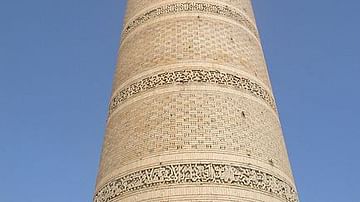
Image
Vabkent Minaret
The minaret of Vabkent (or Vobkent), 1196-7 CE.
Location: Town of Vabkent north of Bukhar, Uzbekistan. Patron by Abd al-Aziz II.
Embellished by wide bands with high relief carving and crowned by a lantern at the top.
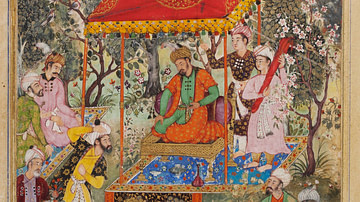
Image
Folio from the Baburnama
Babur (1483-1540) who fled Ferghana in present day Uzbekistan to found the Mughal Empire in 1526, receives Uzbek and Rajput envoys. These envoys are offering their congratulations following Babur's accession to the throne. This is a detached...